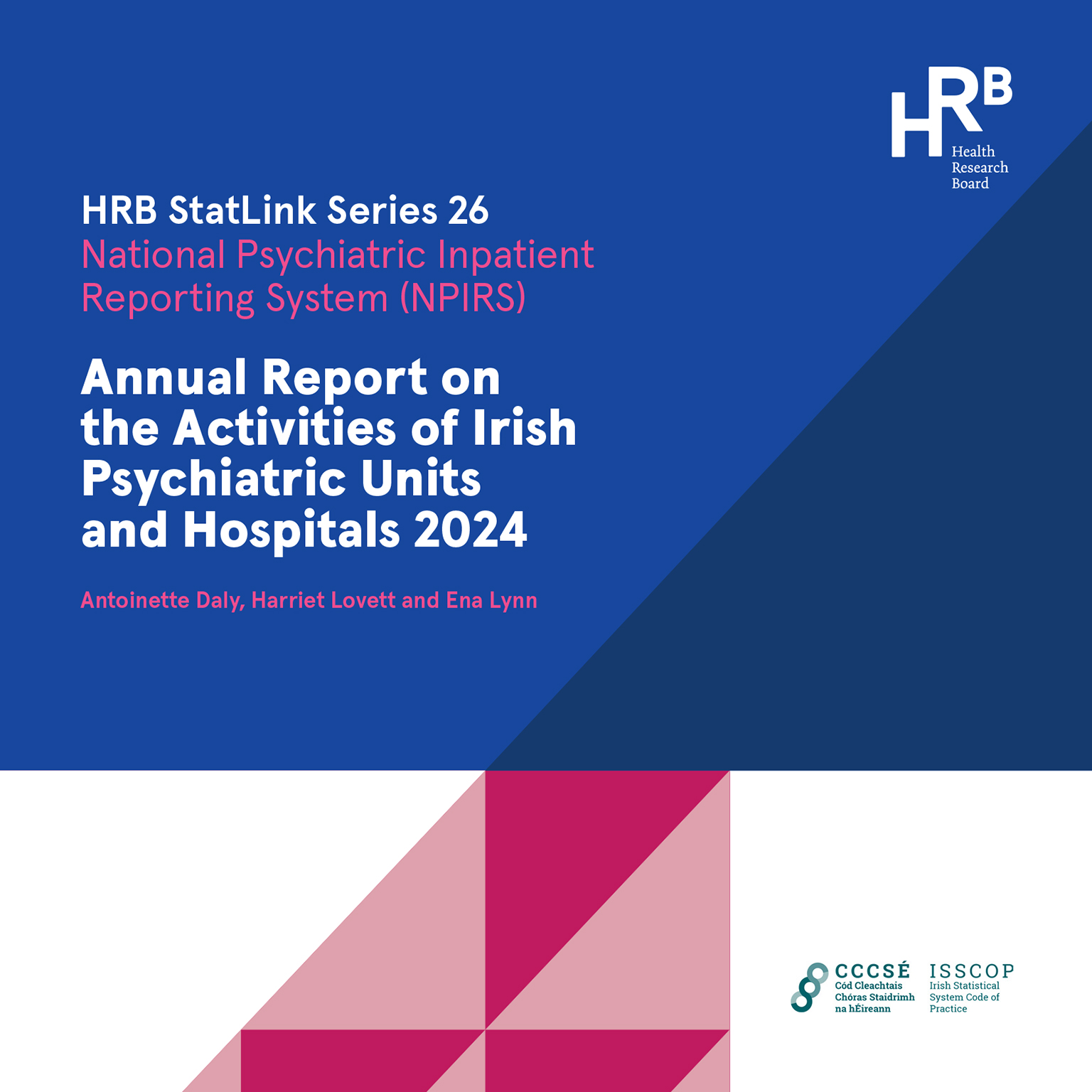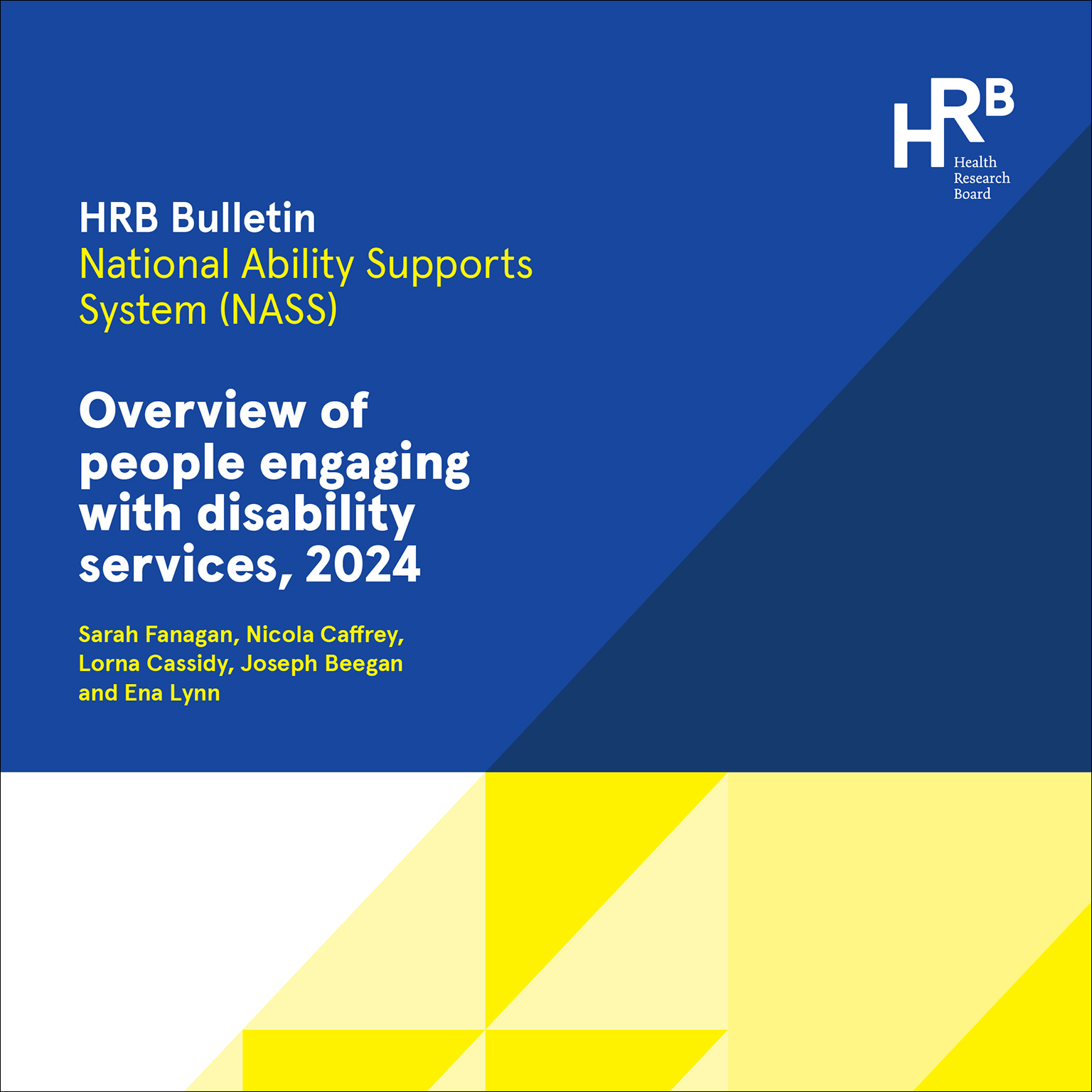Shining a light on chronic pain in schoolchildren
3 min read - 19 Dec 2017
In Summary
Chronic pain, often defined as any pain lasting more than 12 weeks, affects one in three adults attending GP clinics, according to previous HRB-funded research by a group at NUI Galway. The same researchers carried out another HRB-funded study ‘PRIME-C’ that surveyed more than 3,000 schoolchildren, asking for the first time about chronic pain in primary school children in the community. We knew little about the levels of chronic pain experienced by children in Ireland, mainly because they had not been asked about it.
They found that one in 10 children reported having pains lasting more than three months. The researchers are working with schools and children living with chronic pain to raise awareness among other children, parents and teachers and develop guidelines for teachers in primary schools to be proactive in supporting children with chronic pain to remain part of school.
The problem
Children who live with chronic pain experience a number of things that differentiate them from children without pain, ranging from practical implications such as absence from school and difficulty with writing, to psychological implications including fear and social isolation.
The project
The Centre for Pain Research (CPR) team in NUI Galway worked with 39 schools and surveyed more than 3,000 children aged between 5 and 12 and more than 1,700 parents. The survey found that one in 10 reported experiencing chronic pain, often as headaches, stomach or muscular skeletal pain. These children reported a lower quality of life. Chronic pain affected the child’s participation in sport, in school activities, and affected the children’s mood.
The outcomes
We now know that:-
- 10% of children in Ireland experience chronic pain.
- Older children (9-12 year olds) have more pain problems than younger children (5-8 year olds)
- Children who report experiencing chronic pain tend to have a lower quality of life and may not participate as much as other children in school, sports or family and social life.
- Children sometimes don’t tell parents or teachers about their pain – this may be because they do not want to miss activities, or they are worried about what may happen if they visit the doctor, or that they won’t be believed as there is no obvious cause of their pain.
The report on the findings of the HRB study were sent to the schools that took part, illustrated by pictures drawn by the children. The researchers worked with children living with chronic pain to create an awareness raising video for other children, parents and teachers.
Dr Siobhan O’Higgins, Post-Doctoral Researcher at the Centre for Pain Research says:
‘Many people think chronic pain doesn’t exist in young children, but when we asked schoolchildren we found that one in 10 experienced it. Over 300 children shared their pain stories with us; they told us they didn’t want to miss school and had some very practical suggestions that could be be built into the school setting, such as regular ‘stretch breaks’ or having homework written out for them’.
3 min read - 19 Dec 2017



